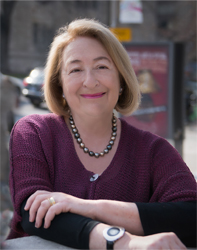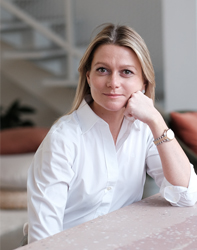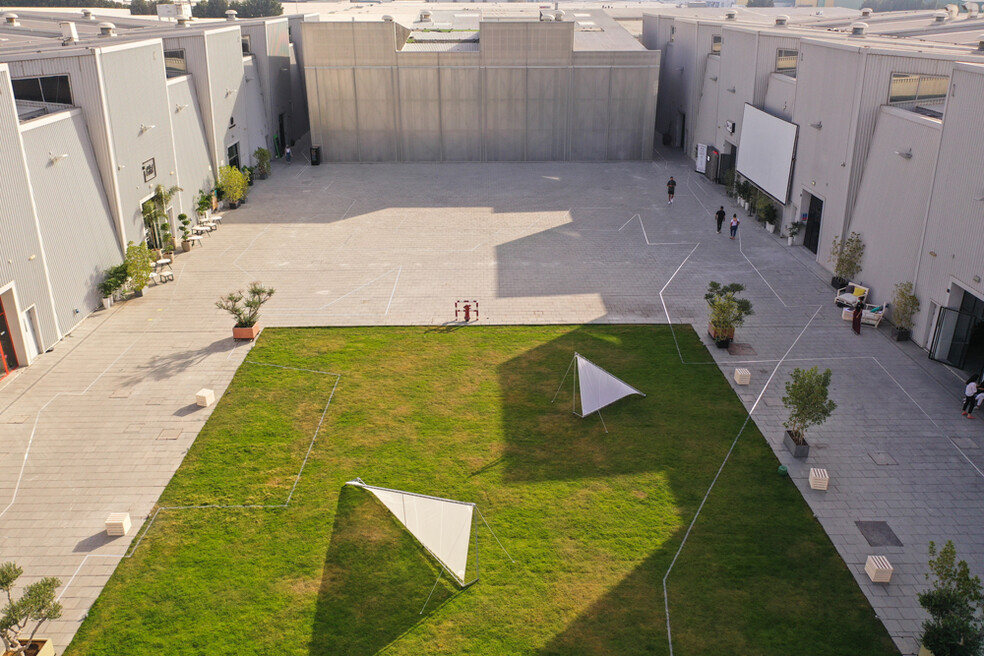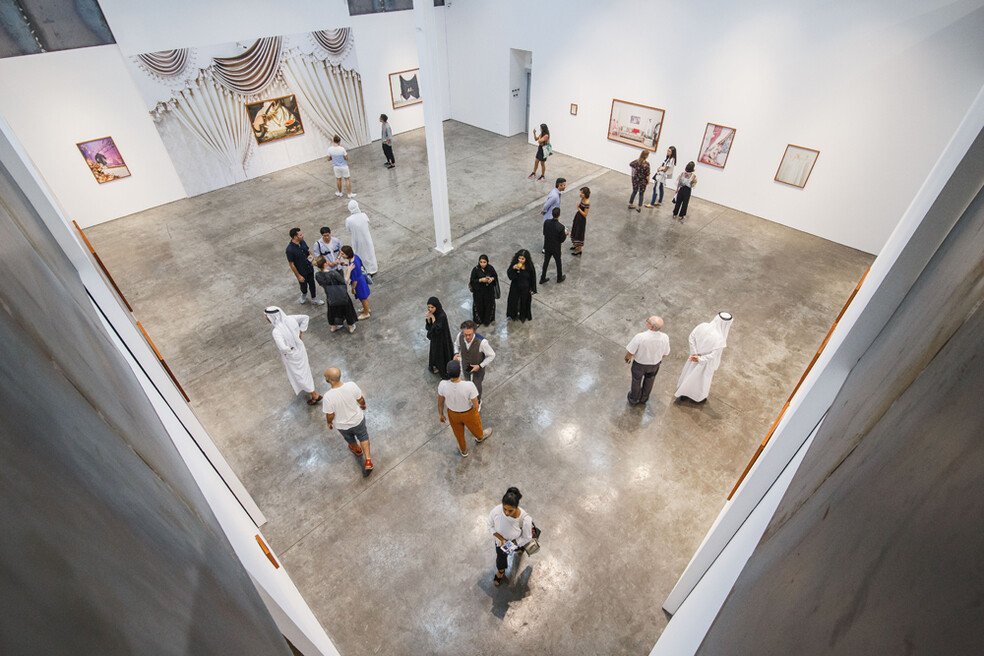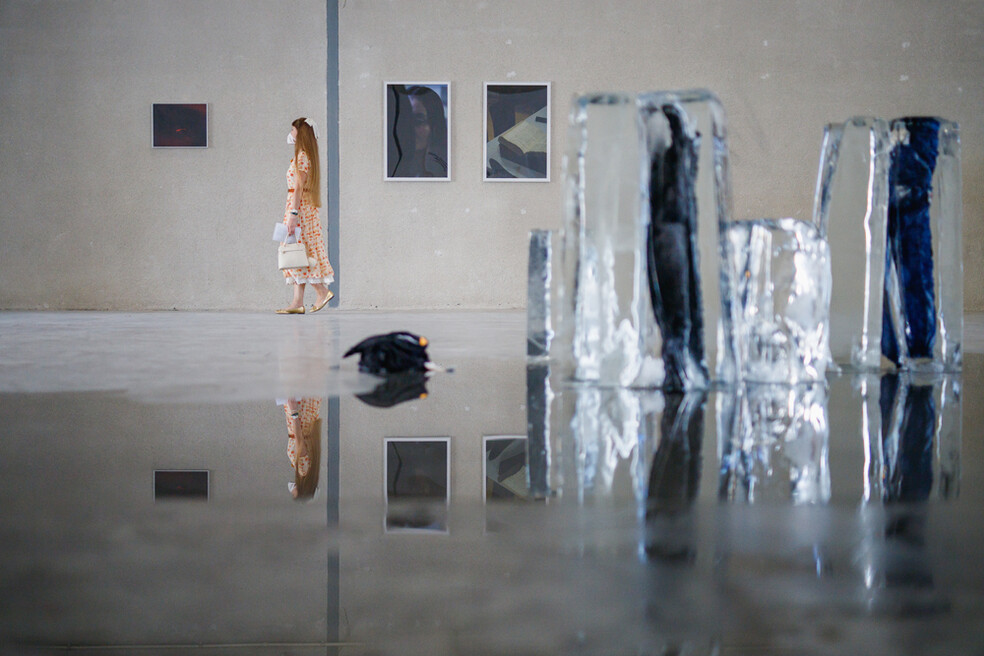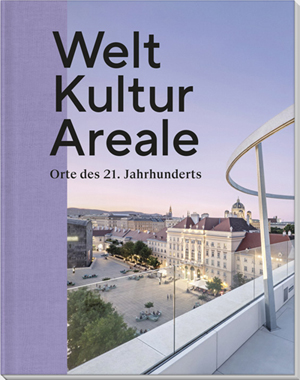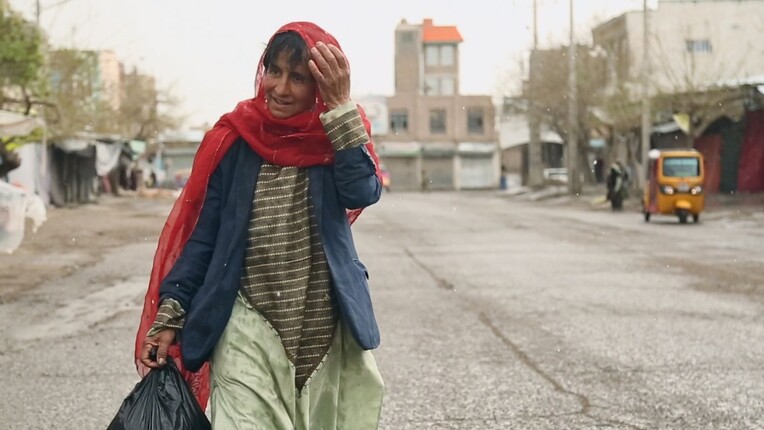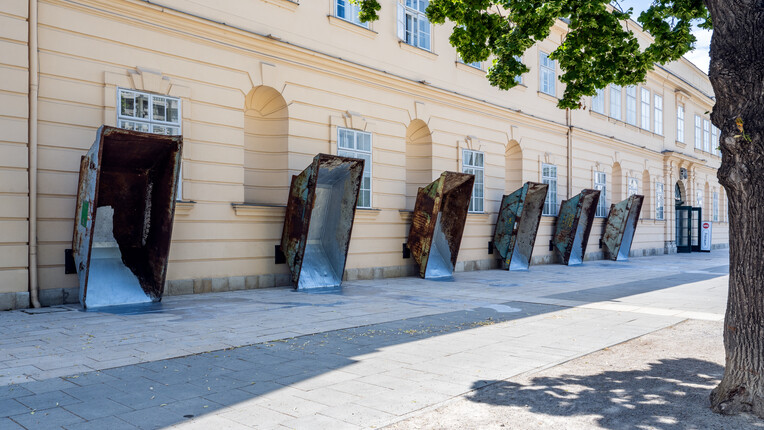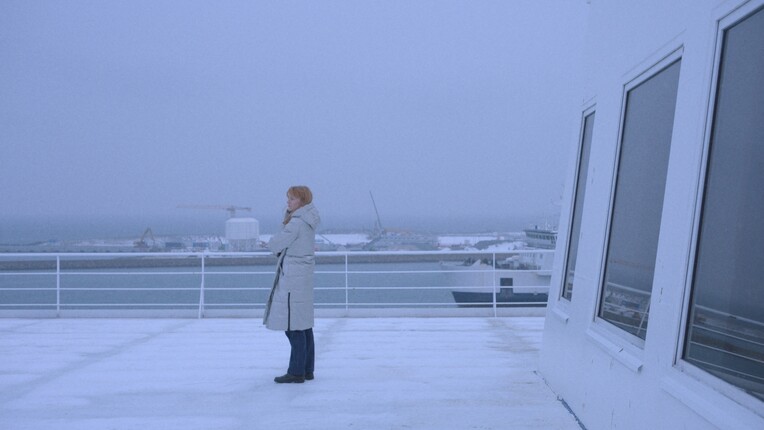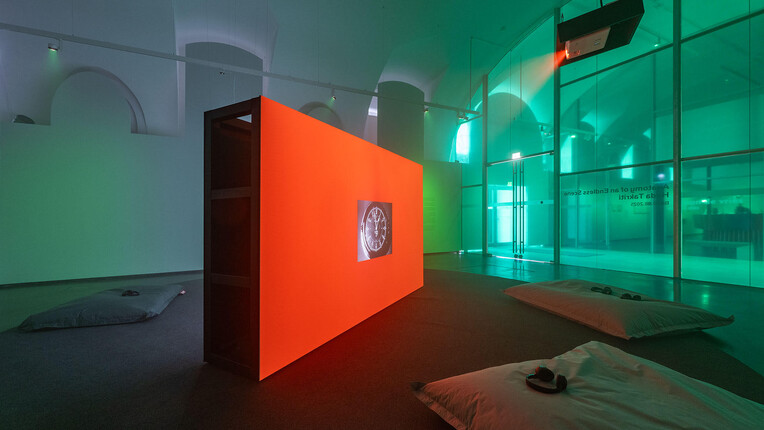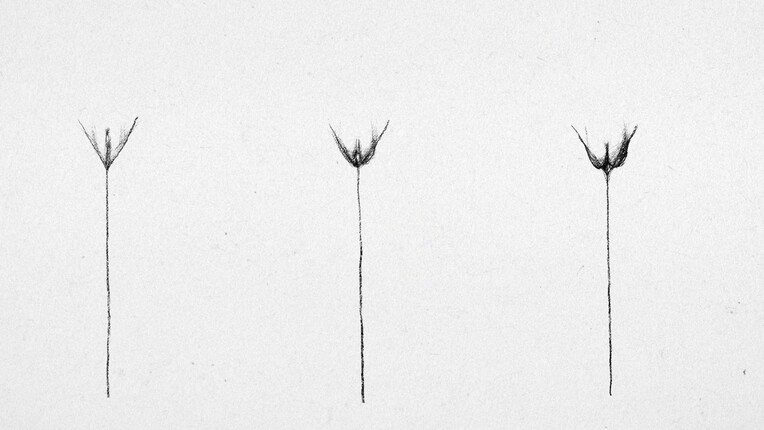![[Translate to English:] [Translate to English:]](/fileadmin/_processed_/f/6/csm_View-of-Alserkal-Avenue__b52e61b7de.jpg)
“We believe in the economies of repair”
In the 21st century, cultural districts around the world have taken on a key cultural and social role. The publication “World Culture Districts” presents the first-ever overview of this phenomenon, showcasing 15 of the most important cultural districts across all six continents, including Alserkal Avenue in Dubai. Additional insights come from essays by international experts such as Gail Lord, President, Lord Cultural Resources, one of the leading global planning offices for cultural districts. In conversation with Vilma Jurkute, Executive Director , Alserkal and its initiatives (Alserkal Avenue, Alserkal Arts Foundation and Alserkal Advisory), she explores the question of how cultural districts can influence the development of cities and regions.
GL: I had great pleasure in visiting the Alserkal Cultural District. What impressed me was the diversity of offerings. Given your location and industrial character, how have you grown that diversity?
VJ: I have been at Alserkal for about 10 years. Alserkal Avenue began as a physical district and has evolved to include a digital space and an advisory service—we view ourselves as a process, a crossroads.
GL: Many cultural districts create attraction through architecture. My sense is your approach has been different.
VJ: In this Anthropocene world: a cultural district is more than a collection of buildings. We believe in “the economies of repair” which means don’t build new, find the energy within existing structures and build on it.
GL: How does that philosophy apply to what you do?
VJ: We are a community of pioneers in all segments of the arts which allows this organization to develop its own polyphonic identity of multidisciplinary voices. We create more than 500 events each year, and “Concrete” (a multi-disciplinary space designed with museum-grade exhibitions in mind – Ed.) was reimagined within its original structure in an attempt to preserve contemporary architecture.
GL: How have you responded to the pandemic?
VJ: During the pandemic our luxury restaurants became community kitchens and we started cooking for communities in our neighborhood. Our artists and galleries started selling prints to raise more money, so we could produce more meals. And we ended up creating a barter economy within the district, led by the Alserkal family, that amounted to about $1 million in value.
GL: What advice would you give to readers who want to start an arts district?
VJ: It is important to create a model of your own. We didn't fit any of the boxes because we began as a neighborhood in an industrial district. But then we evolved and introduced our own cultural programming and production to develop our own communities and serve our multiple publics. This led to us setting up our own not-for-profit arts foundation and then our digital space and then also an advisory service which we introduced last year. Through Alserkal Advisory we help cultural partners in government and the private sector to shape cultural initiatives and destinations. We always see ourselves as a “self-editing organization”—as a process at the crossroads of the culture of community.
GL: In my experience cultural districts are created – not born. What is your key for success?
VJ: Try to Identify a certain movement or energy that's already beginning in a neighborhood that you can then amplify. The focus today for me is on economies of repair, so ideally try not to build something new but try to repair something that exists such as identity, creativity and sense of place. And do not get caught up with the built environment because it's really the people and communities that make for success.
GL: I sense that your success is based on a strong core value. Can you share that with us?
VJ: For me, it is the link to social transformation. This is no longer an arbitrary responsibility because we live in the Anthropocene.
GL: Thank you so much Vilma for your insights and inspiration. I was delighted to learn two new strategies for cultural districts of the future: “economies of repair” and “self-editing organizations”.
The book „World Culture Districts “ is available at MQ Point,
theMQ Webshop, at Verlag für moderne Kunst
and in selected bookshops.
